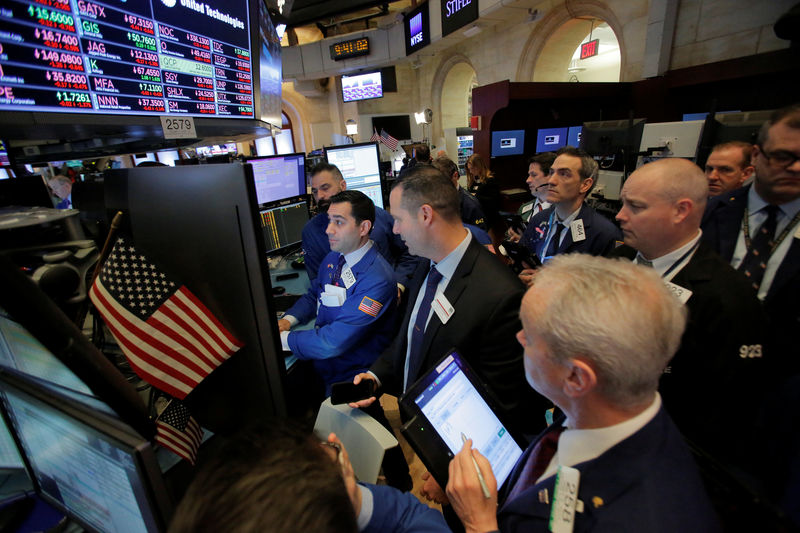By Saqib Iqbal Ahmed
BONITA SPRINGS, Fla. (Reuters) - The Cboe Volatility Index (VIX), Wall Street's so-called "fear gauge," does not give the full picture of investor sentiment and other measures should be taken into account, speakers at a major derivatives conference said this week.
A record spike in the index recently after years of muted activity has put the VIX back in focus as investors try to gauge the prospect of more wild U.S. stock market swings.
But there are other indicators and benchmarks that provide a more complete picture of expected risk, these experts said on Wednesday during the Cboe Global Market Inc's (O:CBOE) Risk Management conference in Bonita Springs, Florida.
Treating the VIX as a fear gauge "can be a bit misleading," said Mandy Xu, a derivatives strategist at Credit Suisse (SIX:CSGN) who presented at one of the sessions at the conference.
The VIX estimates the 30-day expected volatility of the benchmark S&P 500 (SPX) based on option prices on the index.
"The demand for puts versus calls, term structure, volatility of volatility, those measures in aggregate give you a fuller picture of market positioning and investor sentiment than just the VIX," Xu told Reuters separately.
A four percent drop for the S&P 500 on Feb. 5 resulted in a record spike in the VIX and made it a hot topic for market reports and commentary. But the market watchers with a newfound focus on the VIX may not be looking at the most accurate proxy for investor sentiment.
"The VIX index reflects what investors are actually paying for protection rather than how they are feeling about risks generally," William Speth, global head of research at Cboe Global Markets, said during a presentation
While the VIX may not be as much of a household name as the Dow Jones Industrial Average (DJI), Google (NASDAQ:GOOGL) searches for "VIX index" surged to the highest in at least a decade in February, Google Trends data showed.
(GRAPHIC: Spike in Google search interest in 'VIX index' - http://reut.rs/2FnKcEU)
Cboe offers other volatility related indicators including the VVIX Index (VVIX) and the SKEW Index (SKEWX), which provide a more complete view of expected risk, Speth said.
"The world of volatility is more nuanced than is just captured in the VIX index," he said.
The VVIX index measures the volatility of the 30-day forward price of the VIX index, and is often called the volatility of volatility.
The SKEW is an options-based index tracking the implied volatility of deep out-of-the-money S&P 500 options to measure expectations for very large declines in the index.

The VIX closed at 17.76 on Wednesday, well above its pre-volatility shock close of 13.54 on Jan. 31. But measures like VVIX and SKEW have retreated close to or below their respective pre-shock level, painting a calmer picture of future market movements.